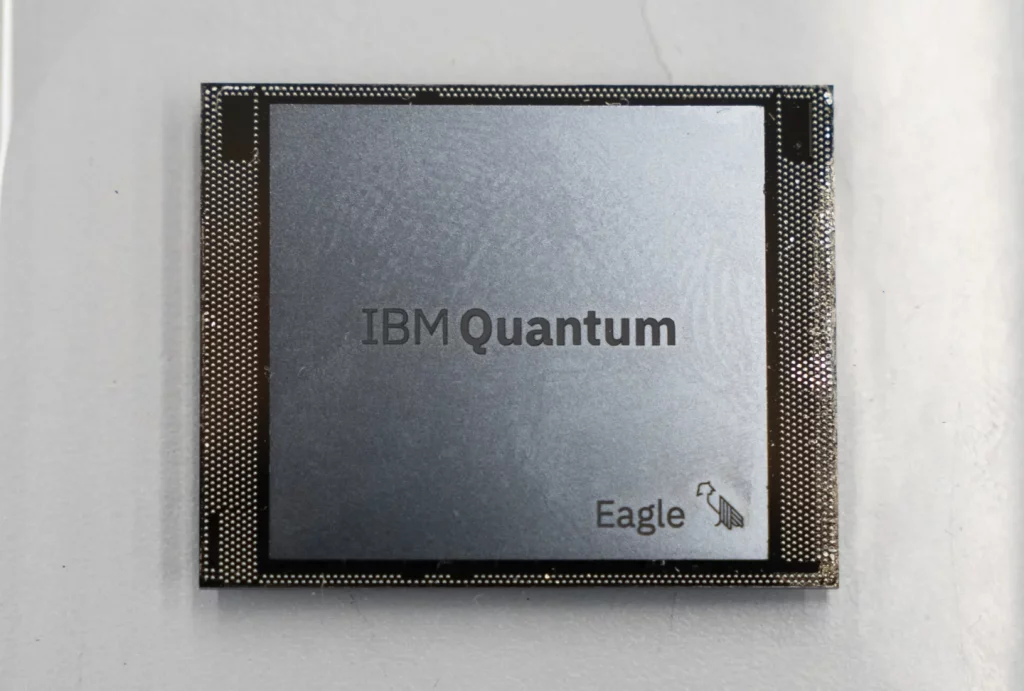Quantum is a big word, and it has only been getting mainstream over the past decade. Four years after Google‘s claim to achieve “quantum supremacy,” quantum computing’s unreliability problem persists. However, IBM has recently announced a breakthrough in managing the reliability of quantum computing, offering promising solutions. By mitigating the effects of noise and errors, IBM researchers have devised a method to produce reliable and practical outcomes. Their findings have been published in the prestigious scientific journal Nature, sparking excitement in the computing community.
600,000 calculations were performed on a 127-qubit quantum processor to showcase accuracy
Unlike classical computers that rely on binary units, quantum computers employ qubits capable of simultaneous states of 0 and 1, enabling fast data storage, multiple possibilities, and efficient problem-solving. Unfortunately, the fragile nature of qubits makes maintaining their superposition state challenging, resulting in calculation errors due to environmental disturbances. Consequently, creating a fault-tolerant, error-free quantum computer has remained next to impossible.

IBM‘s researchers have unveiled a new technique called “error mitigation,” demonstrating significant progress in managing quantum computing’s unreliability. By amplifying and varying the noise levels during calculations, the researchers can infer the characteristics of noise and correct for its impact. This approach effectively removes the effects of noise and improves the reliability of quantum computations. The team performed 600,000 calculations on a 127-qubit quantum processor, showcasing the accuracy of their methodology in solving complex problems.
While IBM’s achievement does not yet establish “quantum supremacy,” it is a vital step toward developing quantum algorithm design. With quantum computers showcasing accurate results in certain configurations, it becomes increasingly likely that quantum computing will outperform classical computing in accuracy in the near future. Although error correction methods are still in development, IBM’s error mitigation technique offers a temporary solution for solving complex problems. This advancement brings us closer to practical applications in material science, drug discovery, and simulating big-scale physical phenomena.
RELATED:
- IBM Employee on Sick Leave for Past 15 Years Sues Employer for Unfair Wages
- IBM plans to expand chip business in Canada
- Best Standing desk converters for existing desks in 2023
(Via)







